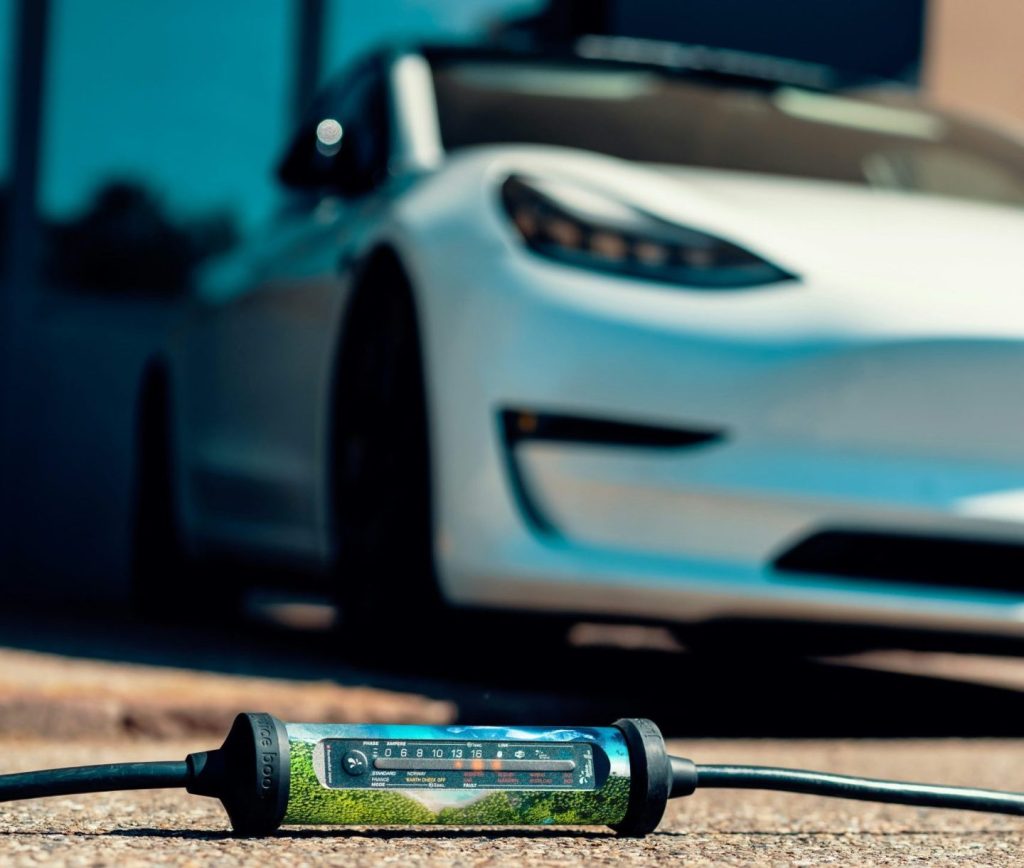CATL introduces ultra-fast charging battery as LG Energy exits Indonesia project

CATL has introduced a second-generation battery that can add over 300 miles of range in just five minutes, highlighting China’s rapid progress in fast-charging tech and its growing influence in the global battery market.
The global battery market is constantly evolving, while electric vehicle adoption continues to rise and production costs trend downward.
Global EV sales climbed 25% in 2024, reaching 17 million units. This growth pushed annual battery demand past 1 terawatt-hour (TWh) for the first time. At the same time, battery pack prices fell below $100 per kilowatt-hour — a widely viewed benchmark for cost competitiveness with gasoline-powered vehicles.
One of the main factors driving lower prices has been the sharp drop in raw material costs. Lithium, a critical component in EV batteries, saw its price decline by more than 85% from its 2022 peak. However, material costs are just one piece of the puzzle. Ongoing investments and technical progress in the battery industry have played a critical role as well.
Global manufacturing capacity reached 3 TWh in 2024. If current project announcements go forward, production capacity could triple again over the next five years. This scale-up is helping standardise technologies that were once fragmented across regions.
As the industry matures, factors such as supply chain integration, production efficiency, and time-to-market for innovations are likely to become even more important. This environment is expected to lead to greater consolidation, especially as countries pursue strategies to localise battery supply chains.
In the race to advance fast-charging technology, China’s CATL has been pushing the envelope. The company recently unveiled a second-generation version of its Shenxing battery, which it says can deliver over 300 miles of range from just five minutes of charging. The announcement places CATL in close competition with other players aiming to address consumer concerns around charging time and range anxiety — two common barriers to wider EV adoption.
CATL said the battery can operate efficiently in sub-zero temperatures, a known challenge for most EV batteries. In a recent demonstration, the company showed a vehicle equipped with the Shenxing battery charging from 5% to 80% in 15 minutes at -10°C. Alongside Shenxing, CATL showcased other projects at its recent Tech Day event, including a sodium-ion battery called Naxtra, which the company described as offering better stability than traditional lithium-based cells, and new dual-power battery systems aimed at pushing EV range to 1,000 kilometers.
CATL isn’t alone in the fast-charging race. BYD, another major Chinese EV and battery manufacturer, introduced its own high-speed charging system in March. Tesla’s latest Superchargers currently offer around 200 miles of range after 15 minutes of charging — a notable achievement, though still short of CATL’s claimed output.
This push for faster, more resilient batteries is part of China’s significant effort to strengthen its position in the global EV ecosystem. While American companies like Tesla and battery startups like QuantumScape continue to spend heavily on advanced battery chemistries, Chinese companies are attempting to scale production quickly while maintaining price competitiveness.
However, the road ahead isn’t without its challenges. South Korea’s LG Energy Solution (LGES), one of CATL’s largest global competitors, recently announced its exit from a multibillion-dollar battery project in Indonesia. LGES and the Indonesian government had signed the Indonesia Grand Package deal in 2020, which included end-to-end battery investments spanning mining, refining, and cell production.
Citing market conditions and the broader investment climate, LGES said it was pulling out of the agreement but would continue to collaborate with Indonesia through its existing battery joint venture, HLI Green Power. The JV, formed with Hyundai Motor Group, last year opened the country’s first EV battery cell plant, which has a 10 GWh annual production capacity. The second phase of expansion is still expected to proceed.
Indonesian officials, meanwhile, remain optimistic about the country’s long-term potential in the battery supply chain. With one of the world’s largest nickel reserves, Indonesia is still banking on foreign partnerships to boost local production.
State-owned mining company Aneka Tambang said it would continue seeking new partners to replace LGES in its nickel extraction efforts.
(Photo by Unsplash)


